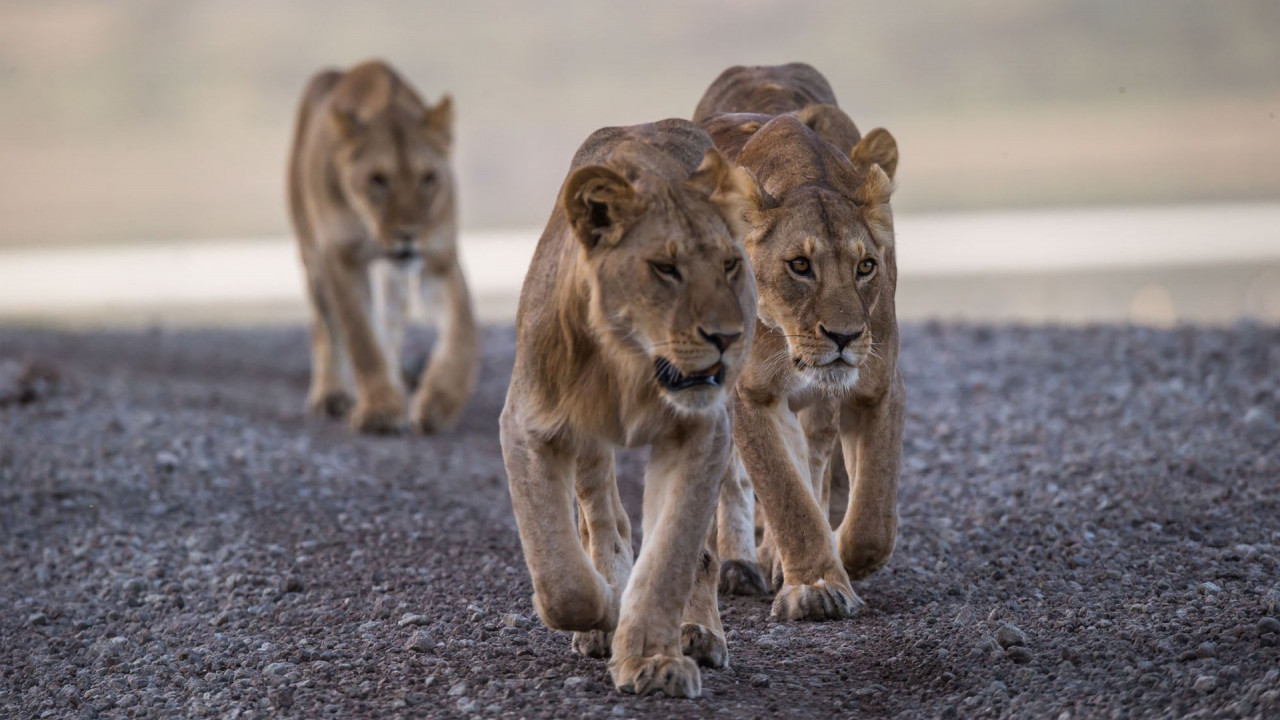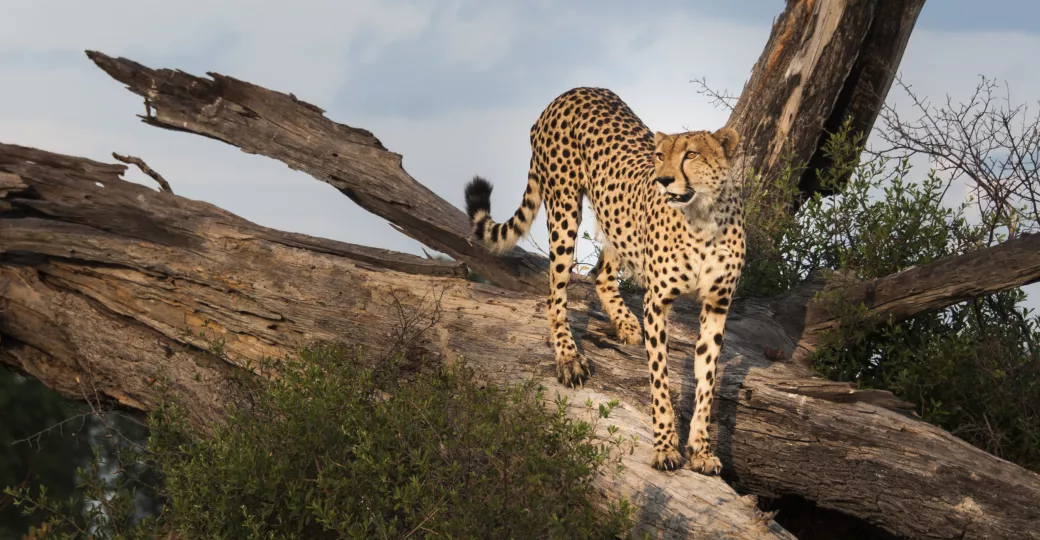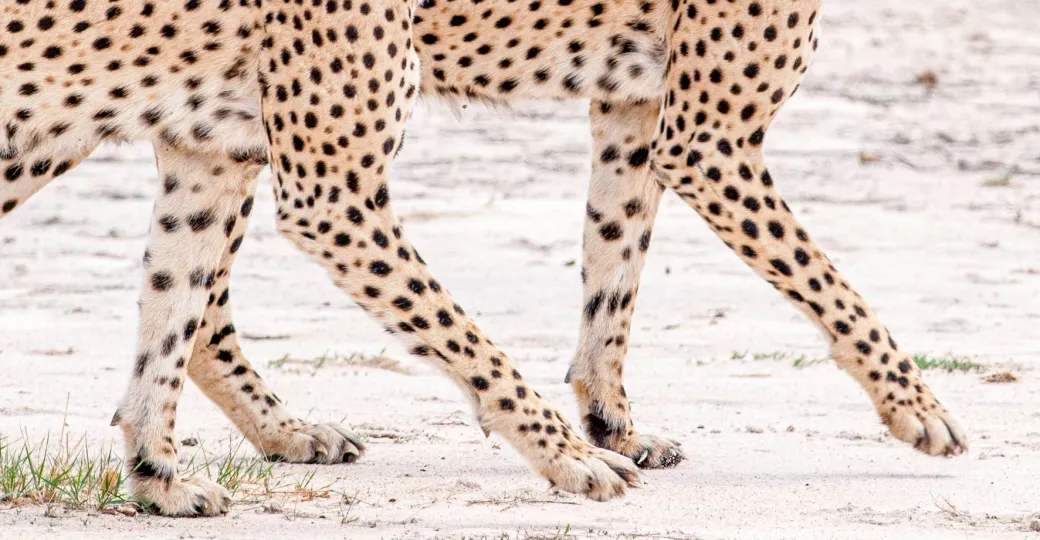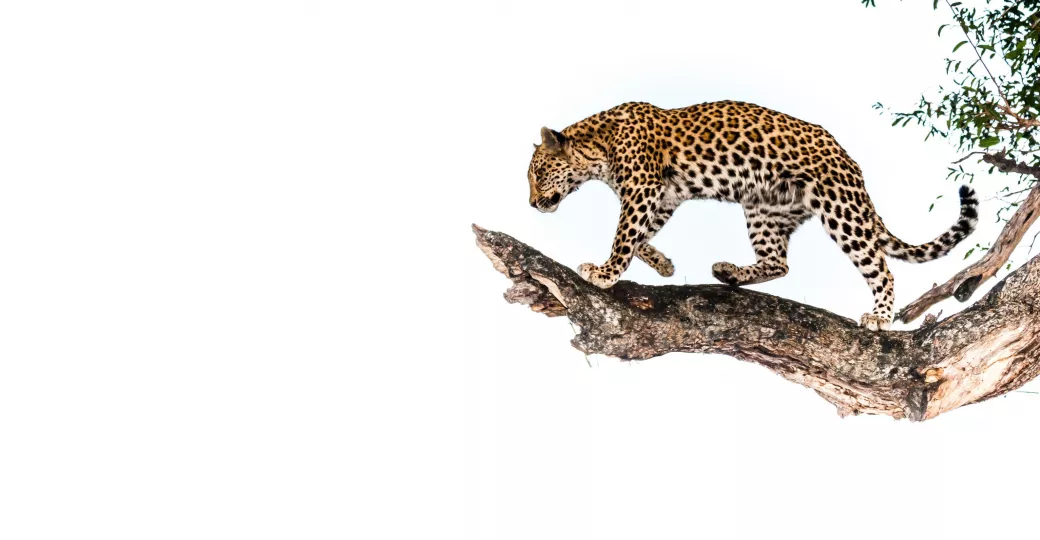
Being a good tracker is much like being a good detective...
We always think Sherlock Holmes would have made a very good tracker, painting up an elaborate picture of how an entire pride of lions took down a buffalo from just the outline of a toe etched into the sand.
---
In this article we outline the differences in the tracks of big African cats: lions, leopards and cheetah, explaining how differences in prints give us an insight into their hunting methods.
So how do you tell which of the tracks below belong to a leopard, cheetah or lion?
(Psst, this article is part of a mini-series: You're reading Part 2 about how to distinguish between Africa's big cat tracks. Part 1 will give you an introduction into how to use different animals to find predators, and Part 3 explains how to tell apart the iconic white and black rhino.)

The first major difference you might notice is the size of the tracks. No prizes for guessing that the biggest print belongs to the largest of the African cats, the lion. The paw of a big male lion is about the size of an adult human face!
The slightly smaller but similarly shaped track belongs to the leopard. The final slightly longer and thinner track belongs to the cheetah.

A cheetah seen in the Okavango Delta - Kwando Safaris
You may also notice another slight difference between the three tracks - one set has protruding claws. Both lions and leopards have retractable claws, meaning their claws don’t leave an impression in the soil when they walk. This adaptation keeps their claws razor sharp, helping them to grip onto their prey as they haul them down using their strong upper body strength.
The claws of the cheetah do not fully retract. This means the claws are always visible in their tracks. Unlike lions and leopards, cheetah don’t have the upper body strength to haul down their prey. Instead, they rely on ‘tap-tackling’ at high speed to bring their prey to ground.
As such, cheetah claws acts like running spikes, helping them to grip as they chase after their prey. If you look at the paws of the cheetah in the image below, you may just be able to make out it's claws protruding:

When running at high speed, cheetahs use their retractable claws to maintain grip - Toby Pheasant
Now that you’ve read part 1 and 2 of ‘The Art of Tracking’ you are that bit closer to becoming a master tracker.
There is, however, a very long way still to go. One of the best trackers I ever had the pleasure of working with could identify individual leopards just from their tracks, he could even tell you if it had a limp!

Leopard in the Okavango Delta - Toby Pheasant

Toby Pheasant
Toby first visited Africa at the tender age of four when he accompanied his family on their first of several safari holidays. From that moment on Toby’s love affair with Africa’s nature and wildlif...
View profileNever miss a notebook entry with our newsletter


